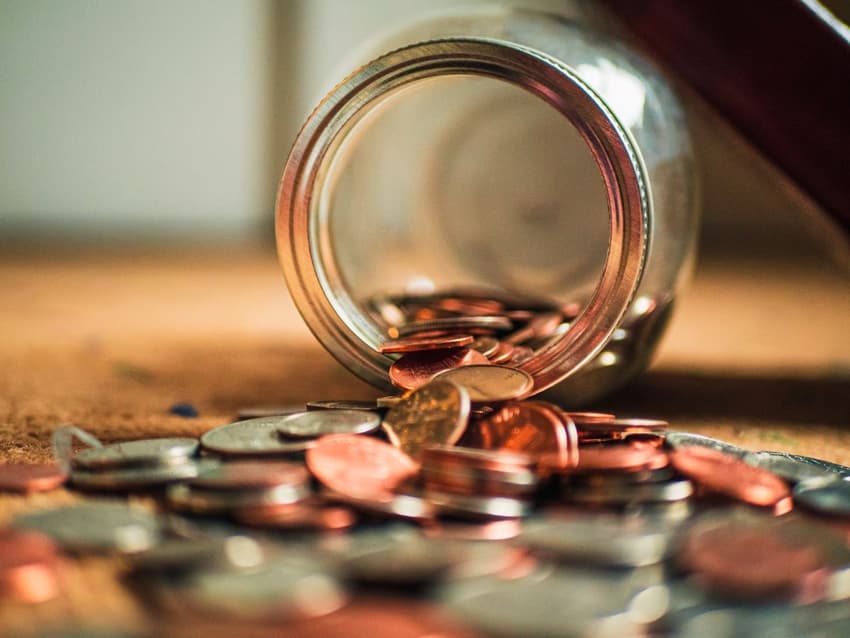High interest rates unlikely to strengthen weak Norwegian krone

Higher interest rates are unlikely to help boost a weak krone, finance experts have said after Norway’s central bank raised the key policy rate.
Lower interest rates have been pointed to as a factor, contributing to the Norwegian krone is at its weakest level against the euro, dollar and pound for several years.
Essentially, interest rates in Norway are lower than in other countries, which makes the krone less attractive to investors.
READ ALSO: What is making the Norwegian krone so weak?
On Thursday, Norges Bank raised the key policy rate to three percent, and analysts forecast that the central bank's interest rate will be between 3.5 and 3.75 percent by the autumn.
While low-interest rates have contributed to a week krone, the higher interest rates are unlikely to do much to help strengthen Norway’s ailing currency, financial experts have said.
“I do not believe that Norges Bank, through the interest rate differential, will be able to secure a stronger krone exchange rate over time,” Kjetil Martinsen, the chief economist for Swedbank, told business news publication Finansavisen.
Harald Magnus Andreassen, the chief economist at SpareBank 1 Markets, told the same publication that the bank would need to raise its rates much higher to tip interest rates in favour of the krone.
“If Norges Bank were to save inflation by strengthening the krone exchange rate, they would have to raise interest rates by 150-200 basis points more than they have in the interest rate range now. We are therefore talking about a policy interest rate of over five percent, and it is not certain that it would even help,” he explained.
He added that the world going green made it harder for the currencies of countries whose economies revolve around the sale of commodities. For example, Norway itself is heavily dependent on oil and gas sales. Historically, as oil prices have risen and fallen, so has the krone.
Comments
See Also
Lower interest rates have been pointed to as a factor, contributing to the Norwegian krone is at its weakest level against the euro, dollar and pound for several years.
Essentially, interest rates in Norway are lower than in other countries, which makes the krone less attractive to investors.
READ ALSO: What is making the Norwegian krone so weak?
On Thursday, Norges Bank raised the key policy rate to three percent, and analysts forecast that the central bank's interest rate will be between 3.5 and 3.75 percent by the autumn.
While low-interest rates have contributed to a week krone, the higher interest rates are unlikely to do much to help strengthen Norway’s ailing currency, financial experts have said.
“I do not believe that Norges Bank, through the interest rate differential, will be able to secure a stronger krone exchange rate over time,” Kjetil Martinsen, the chief economist for Swedbank, told business news publication Finansavisen.
Harald Magnus Andreassen, the chief economist at SpareBank 1 Markets, told the same publication that the bank would need to raise its rates much higher to tip interest rates in favour of the krone.
“If Norges Bank were to save inflation by strengthening the krone exchange rate, they would have to raise interest rates by 150-200 basis points more than they have in the interest rate range now. We are therefore talking about a policy interest rate of over five percent, and it is not certain that it would even help,” he explained.
He added that the world going green made it harder for the currencies of countries whose economies revolve around the sale of commodities. For example, Norway itself is heavily dependent on oil and gas sales. Historically, as oil prices have risen and fallen, so has the krone.
Join the conversation in our comments section below. Share your own views and experience and if you have a question or suggestion for our journalists then email us at [email protected].
Please keep comments civil, constructive and on topic – and make sure to read our terms of use before getting involved.
Please log in here to leave a comment.